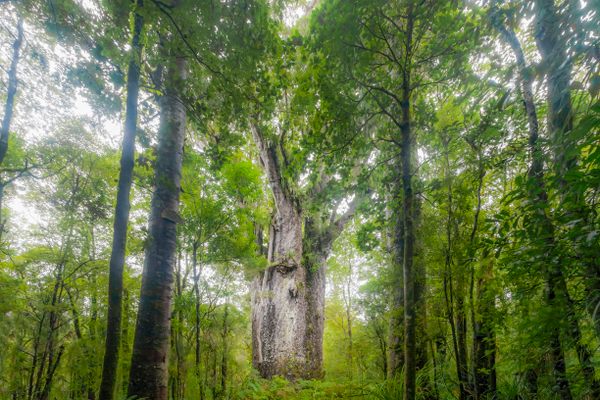Found: A New Frog Species Born With Suction-Cup Bellies
Tadpoles with “belly suckers” are wriggling around Sumatra.

Deep in Sumatra’s rainforests, a team of researchers has found two new frog species born with a peculiar characteristic. During their larval stage, most tadpoles have a small mouth, known as an oral disc, but these newly identified amphibians, called Sumaterana montana and Sumaterana dabulescens, bear a suction-like cup on their bellies below their mouths.
“This phenomenon where tadpoles display ‘belly suckers’ is known as gastromyzophory and, albeit not unheard of, is a rare adaptation that is only found in certain toads in the Americas and frogs in Asia,” said lead author Umilaela Arifin in a Pensoft Publishers press statement.
Arifin and her team are still learning about the abdominal suckers, but they presume this unique trait gives the tadpoles a special advantage. Sumaterana montana and Sumaterana dabulescens live near flowing streams. The suction allows young pollywogs to stick onto surfaces below fast rapids that would otherwise wash them away. There they can capture food, such as algae. They do not carry this suction-cup trait into adulthood, however.

The researchers also discovered through comparative molecular studies that a known Sumatran frog called Chalcorana crassiovis was misidentified in the wrong genus. Based on their analysis, they determined C. crassiovis is closely related to other Sumatran gastromyzophorous tadpoles and should instead belong to the new Sumaterana genus.
The research team admits more studies need to be conducted, but with logging and agribusiness having a destructive effect on Sumatra’s biodiversity, they are racing to uncover the rest.
















Follow us on Twitter to get the latest on the world's hidden wonders.
Like us on Facebook to get the latest on the world's hidden wonders.
Follow us on Twitter Like us on Facebook